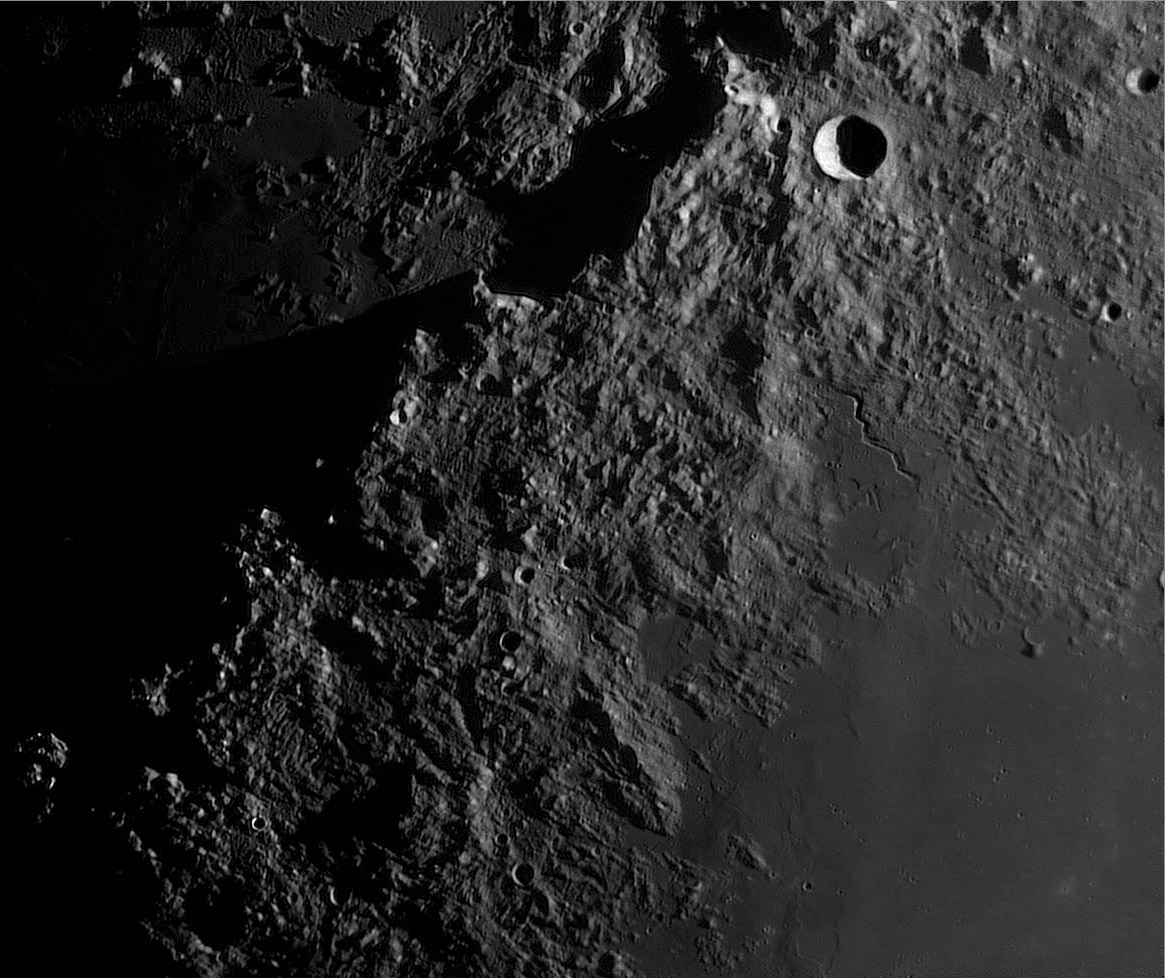Difference between revisions of "September 21, 2008"
| Line 1: | Line 1: | ||
__NOTOC__ | __NOTOC__ | ||
=A New Look= | =A New Look= | ||
| + | <!-- Start of content --> | ||
<!-- ws:start:WikiTextHeadingRule:1:<h1> --> | <!-- ws:start:WikiTextHeadingRule:1:<h1> --> | ||
<!-- ws:start:WikiTextLocalImageRule:7:<img src="/file/view/LPOD-Sep21-08.jpg/38990616/LPOD-Sep21-08.jpg" alt="" title="" /> -->[[File:LPOD-Sep21-08.jpg|LPOD-Sep21-08.jpg]]<!-- ws:end:WikiTextLocalImageRule:7 --><br /> | <!-- ws:start:WikiTextLocalImageRule:7:<img src="/file/view/LPOD-Sep21-08.jpg/38990616/LPOD-Sep21-08.jpg" alt="" title="" /> -->[[File:LPOD-Sep21-08.jpg|LPOD-Sep21-08.jpg]]<!-- ws:end:WikiTextLocalImageRule:7 --><br /> | ||
| Line 18: | Line 19: | ||
<p><b>Tomorrow's LPOD:</b> [[September 22, 2008|A Celestron Orange Moon]] </p> | <p><b>Tomorrow's LPOD:</b> [[September 22, 2008|A Celestron Orange Moon]] </p> | ||
<hr /> | <hr /> | ||
| + | {{wiki/ArticleFooter}} | ||
Revision as of 21:24, 7 February 2015
A New Look

image by Peter and Christian Wellmann, Germany
A great new image gives an opportunity to examine even a familiar feature with a fresh perspective. And that is exactly the result of Christian's and Peter's view of the Apennines and western Vaporum under grazing sunrise illumination. This is a gorgeous image, with the abundance of small detail that makes accurate drawing of the lunar surface impossible. The Apennines are full of asperities, little hills and mountains enmeshed in a solid matrix of finer rocks. Small fresh craters reveal themselves by their bright crescent-shaped rims and adjacent circles of darkness. More amazing to me are the volcanic pond remnants on Mare Vaporum. A large one that I had never noticed before (but is visible on LO IV) is at the bottom right of the image. Its walls are probably made of volcanic spatter that once contained a liquid pond of lava. Similar ponding is indicated along the western edge of Sinus Fidei, whose lavas probably came from the short and sinuous Conon Rille. A more mysterious feature is just visible on the floor of the lava-covered depression just below the center of the image. There are 3 to 5 short parallel ridges, perhaps made of closely spaced hills of uncertain origin - lunar plowing?
Chuck Wood
Technical Details
04.13.2008. Meade 12" R-optics + Celestron apochromatic 2x Barlow at f = 6m + Imaging Source DMK 41 camera. Video processed with Registax 4 multipoint. Seeing was good, 7/10.
Related Links
Rükl plates 22 & 33
Yesterday's LPOD: A Visit To Copernicus?
Tomorrow's LPOD: A Celestron Orange Moon
COMMENTS?
Register, Log in, and join in the comments.



